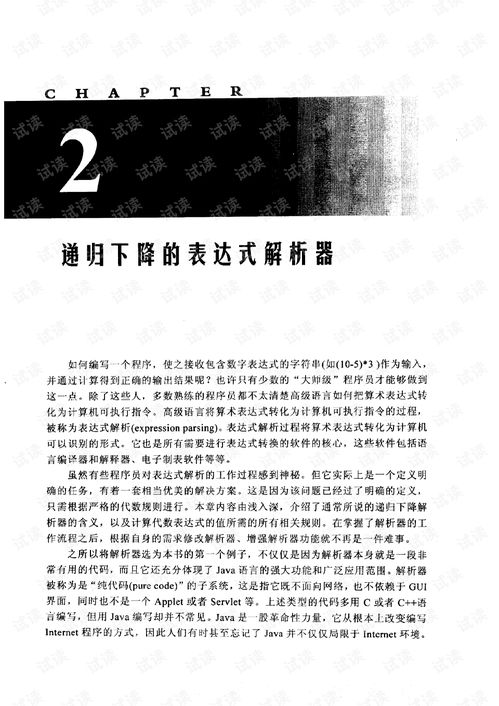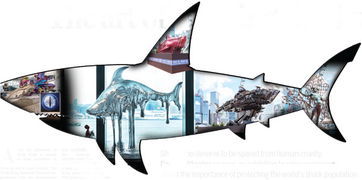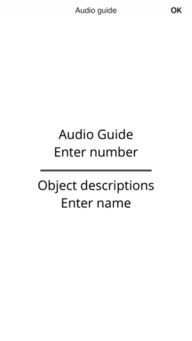Content:
In the world of逆水寒, fishing is not just a leisurely pastime but an art form that requires precision and skill. One of the fundamental techniques in fishing is casting your rod, and doing it correctly can make all the difference between a successful catch and a day spent battling with your equipment. Here are some detailed tips on how to perfect your hooking technique in逆水寒.
Understanding the Basics of Casting
Before diving into the specifics of how to甩钩子, it's important to understand the basics of casting. Casting involves several key components: the grip, the stance, the back cast, the forward cast, and the follow-through. Here's a breakdown of each:
Grip: Hold the fishing rod with a comfortable grip. Your thumb should be on the top of the handle, while your index and middle fingers should be wrapped around the lower part of the handle. This grip provides a stable foundation for your casting motion.
Stance: Stand with your feet shoulder-width apart and your knees slightly bent. This stance helps you maintain balance and control throughout the casting process.
Back Cast: Begin by bringing the rod back behind you in a smooth, sweeping motion. The rod should be arched back and the line should be taught. This motion stores energy in the rod, which will be released during the forward cast.
Forward Cast: Snap the rod forward with a quick, forceful motion. The energy stored in the rod will propel the line forward, casting your lure or bait into the water.
Follow-Through: After the forward cast, continue to move the rod forward in a smooth, continuous motion. This helps to ensure that the line and lure are cast accurately and with the desired distance.
Tips for Perfecting Your Hooking Technique
Now that you have a basic understanding of casting, let's focus on the hooking technique:
Timing is Key: The key to successful hooking is timing. As you cast, pay close attention to the point at which the lure or bait enters the water. You want to ensure that the hook is properly set as the lure hits the water.
Practice Your Timing: To improve your timing, practice casting at different distances and angles. This will help you become more aware of the casting motion and the point at which the lure enters the water.
Use the Right Lure: The type of lure you use can greatly affect your hooking success. Choose a lure that is appropriate for the fish you are targeting and that has a natural action that will attract them.
Adjust Your Casting Technique: Depending on the type of fishing you are doing, you may need to adjust your casting technique. For example, if you are casting into heavy cover, you may need to use a more forceful cast to ensure your lure reaches the fish.
Learn from Mistakes: If you miss a fish or don't set the hook properly, take the time to analyze what went wrong. Was it timing, the type of lure, or the casting technique? By understanding your mistakes, you can make the necessary adjustments to improve your hooking success.
Keep Your Equipment in Good Condition: Regularly inspect and maintain your fishing equipment. A well-maintained rod, reel, and line will perform better and help you catch more fish.

Patience and Practice: Like any skill, fishing requires patience and practice. Don't get discouraged if you don't catch fish right away. Keep practicing your casting and hooking technique, and you will see improvements over time.
In conclusion, mastering the art of casting and hooking in逆水寒 is a process that requires time, practice, and dedication. By understanding the basics of casting, focusing on your timing, using the right equipment, and learning from your mistakes, you will be well on your way to becoming a proficient fisherman. Happy fishing!












